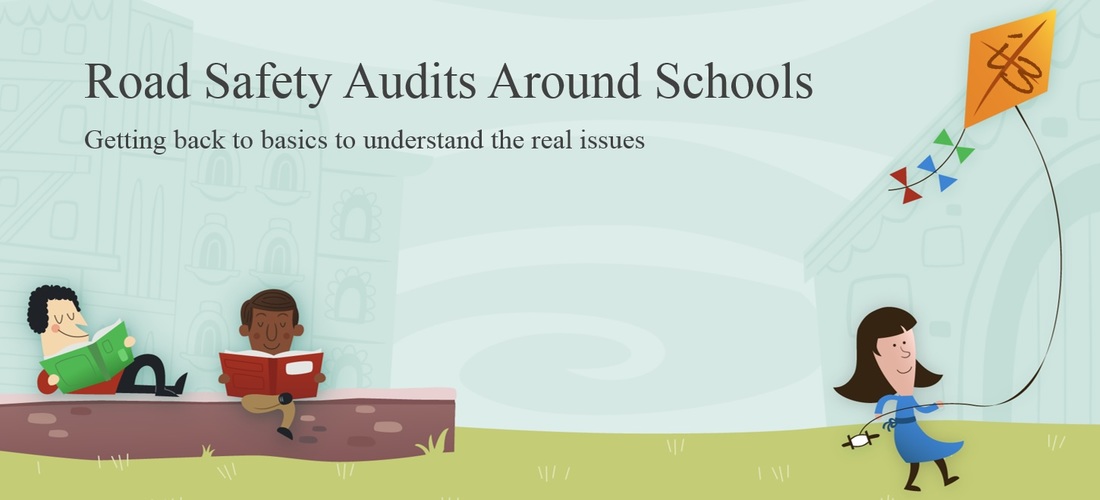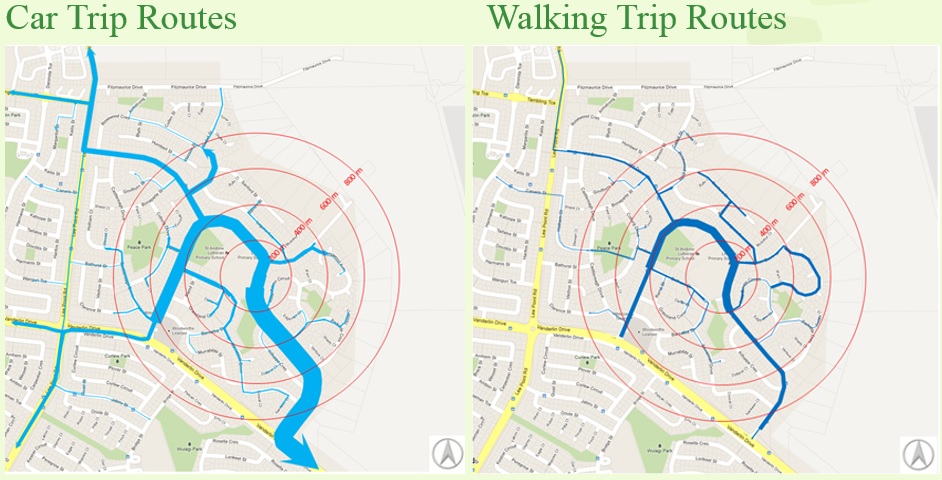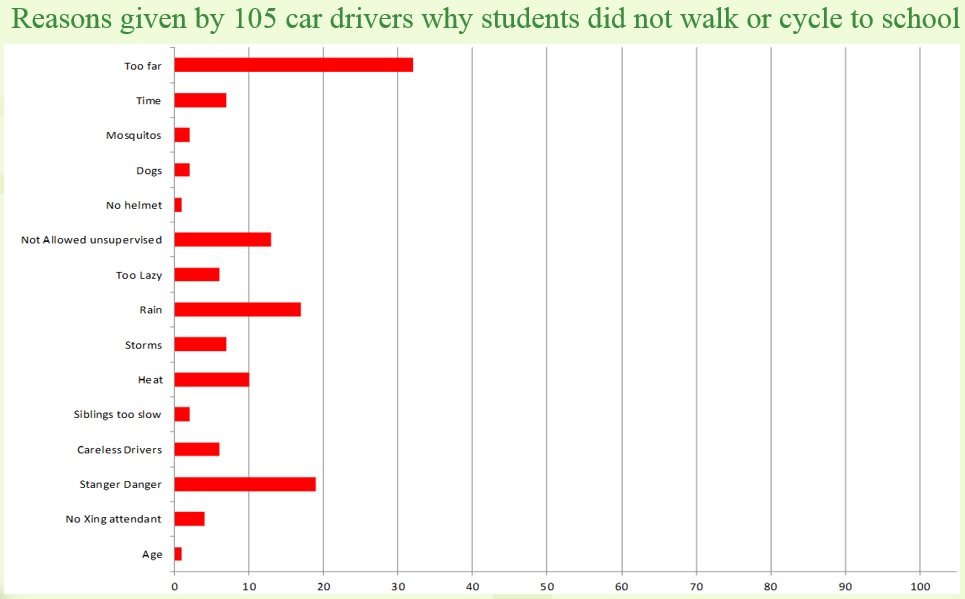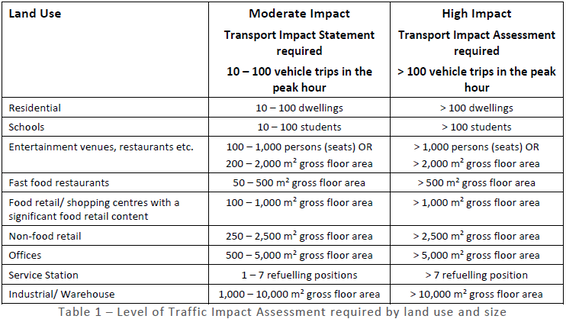|
Many authorities attempt to address road safety issues around schools through the Road Safety Audit process however this process is generally limited to assessment of the layout of the school frontage roads.
Parents are concerned for the safety of their child between home and school, not just around the school, and hence the failure to assess the safety of the trip can result in more trips to and from the school by car than is preferred. But how can we assess the trip?
In my experience, the best approach is to do both, using the survey forms within the School Edition of the "Guidelines for Road Safety Around Schools", available to download at:
www.roadwise.asn.au/road-safety-sound-schools.aspx
My approach to undertaking a 'Safe Routes to School Assessment' is to:
NOTE – Schools are sensitive areas I recommend obtaining a letter from the Principal indicating you have been authorised to undertake surveys and take photographs around the school and have this with you during your work. Using the above methodology I have been able to determine the following characteristics of the school trip for a particular primary school in Darwin. By undertaking this at several school sites, I have been able to compile a database of characteristics for different schools in different locations, which in turn allows me to identify whether or not a particular school could do better in terms of single car, walking, cycling and public transport trips.
The above data revealed that the main problem was not so much the road layout but the high number of car trips to and from school. A typical road safety audit would most likely have identified a need for more drop-off/ pick-up bays and more parking bays which in turn would have resulted in more car trips.
In summary, obtaining behavioral data can significantly change the recommended remedial measures when assessing school sites and hence I strongly recommend that this be undertaken as part of a 'Safe Routes to Schools' assessment as opposed to a regular Road Safety Audit.
0 Comments
|
AuthorDavid Wilkins, Principal & Senior Traffic Engineer. Archives
August 2023
Categories
All
|








 RSS Feed
RSS Feed